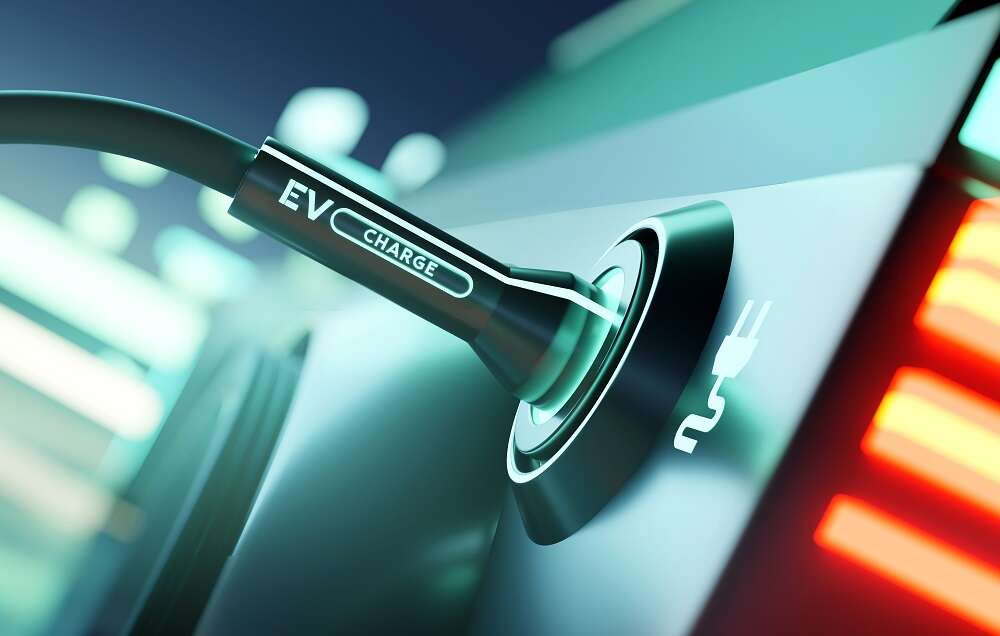
With increasing sales of electric and hybrid vehicles in the UK, charging stations have become a hot topic. The government, manufacturers, and installers simply can’t build charge points fast enough. However, in the rush to build new charge points, Alok Dubey, UK Country Manager at Monta, argues that we’re overlooking what we can do right now with the existing technology for EV charging infrastructure.
We’ve all seen in recent months the copious amount of stories on how the charging infrastructure for electric and hybrid cars is criticised for lagging behind.
The criticism stems from the belief that the installation of charging stations is still too slow. While the sale of electric vehicles has skyrocketed, the increase of charge points has failed to keep pace.
The result of this has seen queues at charging points along motorways, city centres, and even on public roads, as well as growing the insecurity and hesitation among potential EV buyers.
While some see the building and installation of new charging stations as the solution, there are plenty of other areas we can look into to help address the problem right now.
The solution lies in technology. Although it is a completely overlooked point in the debate about charging stations, there are three obvious ways existing technology can provide EV drivers with more charging options in the UK.
- Intelligent queueing system for charging stations
For EV drivers, the instances of having driven for hours in a vain search for a vacant charging station lingers long in their memory. So why not introduce an intelligent queueing system where electric drivers in densely populated areas can line up in a virtual queue and be notified when it’s their turn?
Not only would this ensure equal access for all, it would also significantly increase the occupancy rate of charging stations while relieving congested charging points.
According to one survey, UK drivers travel an average of 23 miles per day. It would take approximately 30 minutes to reach this level of charge with a standard charge point, which means that just one charging station can fuel around 48 electric vehicles within one day.
This is just as relevant in the big cities as it is for businesses and organisations with their own charging stations. With the same numbers from the above example, a company only needs one charging station to charge 16 cars during a working day, offering a lucrative opportunity to reclaim investments made in chargers.
- Semi-public charging stations
The same charging stations can be programmed to be publicly available outside working hours, where companies and associations with charging stations can help other electric drivers and earn the investment back home.
The charging stations can be made private and public as needed, working as a kind of semi-public charging station. Companies can ensure that only employees can charge during the working day, while the general public can use the charging points during the rest of the day.
If we can activate company- and association-owned charging stations, we will open up a completely new charging network that can increase the total number of charging stations within a certain area. Now if we could book the available charging stations, we could potentially find a cure for the dreaded range anxiety.
- Reserve a charging stand
The third solution has to be a booking system of charging stations. Even with a top-of-the-range electric vehicle, long trips often require filling up on a public charge point.
Unfortunately, it is all too common to encounter long, uncoordinated queues at public stations. Quite often the rules are as if you’re in the Wild West, and drivers risk sitting in a queue without ever knowing when they will eventually get to charge.
If we had a simple booking system, we could solve the queueing problem at chargers and make it easy to cross long distances in an electric car without fear of a lack of charging options.
This could be a game changer for businesses and consumers alike. Instead of only ever finding out if a point is in use until they drive up to it, smart queueing features can let drivers queue up virtually. Organisations can therefore reduce the total investment and number of charge points they install while allowing drivers to book a charge point while on their journey.
With the recent fuel crisis still fresh in everyone’s memory, can you imagine what this type of virtual booking system would have done for the mile-long queues of petrol and diesel cars?
Do more with less
Of course, these solutions are not without reservations. They demand that we work with electric cars, help each other, and acquire new habits. But the impression I get is that we are already pretty good at that.
When the charging stations have such a crucial impact on the transition to green transport, it amazes me that no one has yet pointed out the illogical in the way we as a society operate them right now.
Everything in the green transition is about us using our resources in the best way possible and utilising the full potential of what we have available. This applies to food that is in surplus demand, glass that is recycled, clothes that are recycled, so why not also make sure that all of the charging stations that stand by companies and associations are in use instead of simply building more?
If we do not attack the charging station debate from a new angle, we risk being left with an abundance of charging stations in a few years, making it harder, not easier, for the UK to reach its electric vehicle and Net Zero targets.


